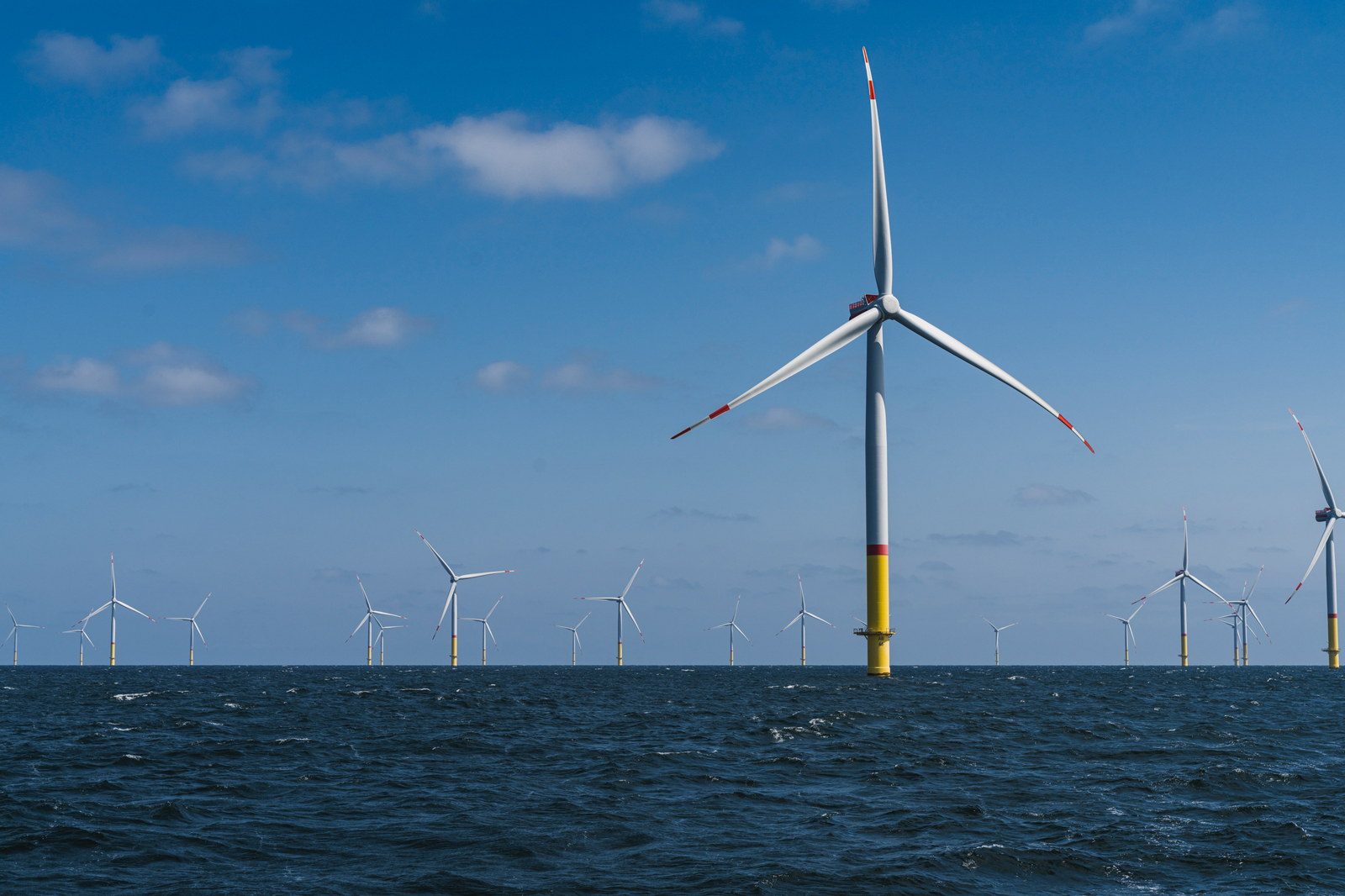11.02.2025
RWE has joined forces with TNO and other partners for a three-year project called OESTER (Offshore Electricity Storage Technology Research). The project aims to research new ways to store electricity offshore, addressing important challenges in the transition towards renewable energy such as system integration.
As more renewable energy is used, we face challenges such as grid congestion, due to the mismatch between flexible generation profile of renewable energy and energy demand. This can lead to curtailment, meaning we can't use renewable resources effectively. When many wind farms produce electricity at the same time, it sometimes causes too much supply, lowering electricity prices and affecting the profitability of offshore wind farms. Energy storage can help solve these challenges.
The goal of the OESTER project is to test and improve new ways of storing electricity offshore. This includes looking at how these solutions work from a technological, economic, environmental and social angle. The aim is to develop solutions that can be used worldwide.
Bas Jansen, Programme Manager OranjeWind Knowledge said: ‘In the OESTER project we will gain valuable insights into large-scale offshore energy storage. OESTER will show under which conditions offshore energy storage is technologically and economically viable, so that we can implement it in future wind farms for better system integration. This will facilitate the roll-out of offshore wind and help to reach our sustainable energy goals.’
Key technologies being assessed include batteries integrated into wind turbine monopiles, compressed air energy storage and underground pumped hydro storage, and combined battery and electrolyser systems called battolysers, connected directly to offshore wind farms.
The project will develop initial designs and prototypes to test these systems. By using digital models, the project will simulate how these systems work and improve grid operations. This supports the next generation of offshore wind farms to become advanced energy hubs that reliably provide energy.
The Netherlands Enterprise Agency has approved the OESTER project under its Mission-driven Research, Development, and Innovation (MOOI) program.
